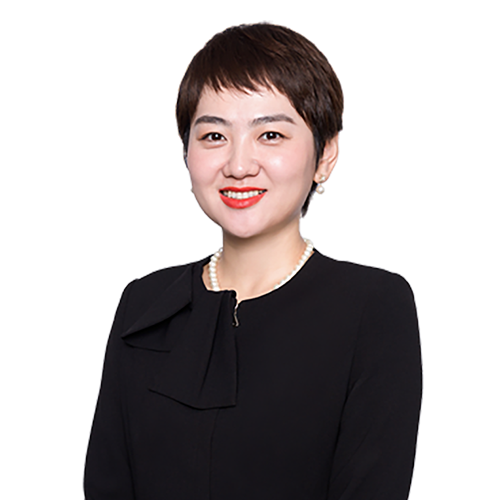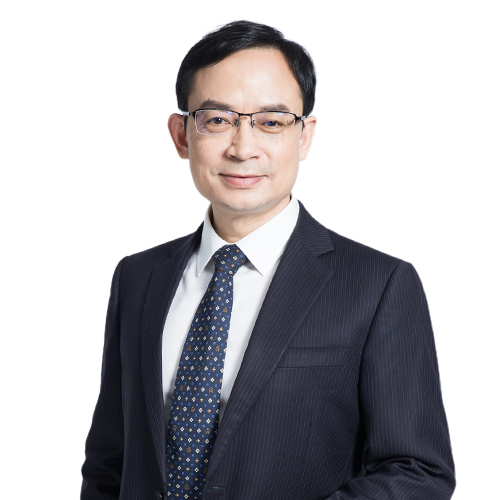On the afternoon of August 29, 2025, the 9th session of “Criminal Defense Talks” organized by Criminal Department II was successfully held in King&Capital Law Firm. The event was opened by Mr. Zhu Yonghui, Director of King&Capital Law Firm, with a speech by Mr. Tian Wenchang, Founder of King&Capital Law Firm, followed by Mr. Zhang Xutao, Partner of Guohao Law Firm, Mr. Peng Yixuan, Senior Partner of Weiheng Law Firm, Mr. Hu Bingzi, Associate Dean of the School of Law of Beijing Institute of Technology and Business University, Mr. Cao Chunfeng, Partner of Shouzheng Law Firm, Ms. Luan Shan, Equity Partner of Beijing ZhuoHui Law Firm, and Mr. Mao Lixin, Director of Beijing Shangquan Law Firm, Wang Xinlong, Senior Partner of King&Capital Law Firm, delivered the lecture.
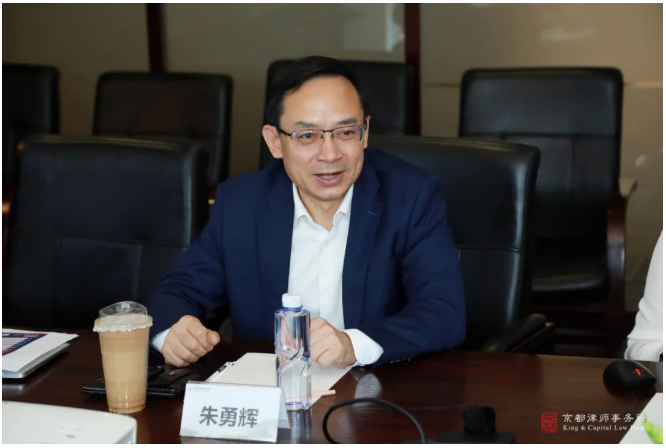
Zhu Yonghui
Mr. Zhu Yonghui, Director of King&Capital Law Firm, firstly delivered a welcome speech, on behalf of King&Capital Law Firm, he expressed his warm welcome to all the guests and thanked them for their support to the activity of “100 Criminal Defense Talks”, and believed that this kind of exchange and discussion activity, which is widely participated by lawyers of various King&Capital Law Firms, has a very practical value for the development of criminal defense.

Mr. Tian Wenchang
Mr. Tian Wenchang pointed out in his speech that China's criminal defense is characterized by a large space for substantive defense, which originates from the abstract and ambiguous provisions of China's legislation, and that the substantive debate is rich in cases with complex criminal composition such as job-related crimes, financial crimes, etc., which puts forward high requirements for the theoretical skills of the defense attorneys. At the same time, he emphasized that there are many problems in evidence defense, many lawyers in the legality, authenticity, relevance of evidence argumentation and questioning ability is insufficient, but also talked about the questioning of one evidence, one quality, the relationship between the questioning and the debate, limited debate and other issues, as well as lawyers to obtain evidence, evidence of the problems, especially in the file in favor of the defendant evidence of the evidence of the problem, that need to be evidence defense of the procedural and substantive issues of the straightened out Summarized.
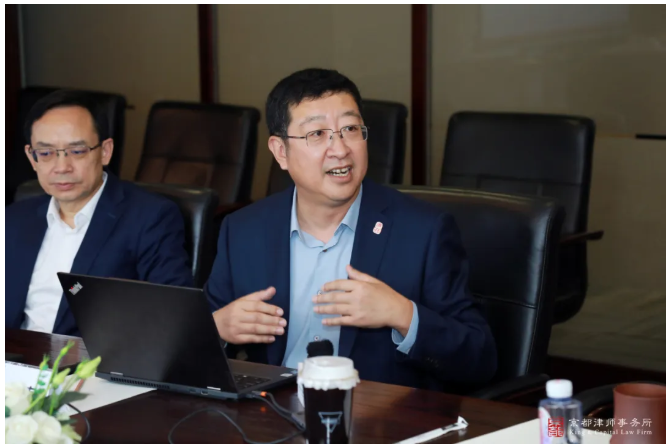
Zhang Xutao
Mr. Zhang Xutao shared around the model thinking of evidence defense, introduced the concept of model and model thinking, pointed out that the model is a simplification of the real problem, and the model thinking needs to systematically use a variety of models to analyze. He focuses on the field of economic crimes, with the capital analysis as an example, describes the public security economic investigation department using the model to handle the case, including the standard of capital analysis, data processing process, etc., but also combined with specific cases to illustrate the application of the capital penetration model. At the same time, he explained the logical thinking of the defense in the defense of evidence, such as the use of trinitarianism, and the key points of cross-examination of the appraisal opinions on the analysis of fund data, emphasizing that lawyers should have model thinking to deal with the strong ability of the prosecution.

Bingzi Hu
Ms. Bingzi Hu explained the exclusion and exception of hearsay evidence with the core of U.S. Federal Rules of Evidence 801 and 802. She first clarified the definition of hearsay, i.e., the statement is not made by the declarant at a current trial or hearing and is used to prove the truth of the matter asserted in the statement, and also explained the three forms of statements (oral, written, and non-verbal acts) and the definition of the declarant. This is followed by an introduction to the anti-hearsay rule, which states that hearsay evidence is inadmissible unless an exception is provided, and highlights the relevance of the hearsay rule to the Sixth Amendment to the U.S. Constitution on the right of confrontation by using specific examples of situations in which a statement not made for the purpose of asserting a factual truth does not constitute hearsay such as demonstrating an influence over the listener, impeaching a witness, and so on.

Chunfeng Cao
Mr. Cao Chunfeng discussed the change of methodology from static to dynamic evidence, mentioning that prosecutors have long been using data models, while lawyers have asymmetry in perception and information. He pointed out that there are three proof systems for judges in criminal trials in China, namely, surface case files, hidden case information and inner conviction, criticized that the static triple proof may be a trap set by the judge, and argued that cross-examination should not stop at a certain point. He proposed that dynamic evidence needs to take into account the evidence of three natures and two forces, pay attention to the life cycle of evidence, take the chain of custody of physical evidence as a clue and time as a leader, establish a starting point for full quantitative review, and use objective evidence review to guide the verification process. He also shared relevant cases to illustrate how to crack the evidence problem, emphasized the need to jump out of the trap of three natures of evidence, and paid attention to the all-round review of evidence.

Peng Yixuan
Mr. Peng Yixuan firstly traced back to Article 55 of the Criminal Procedure Law, which states that the facts of conviction and sentencing are proved by evidence, the evidence based on which the case is established is verified by legal procedures, and the evidence in the whole case has eliminated the reasonable doubt on the facts established. For the “evidence is true, sufficient” standard of proof, although there are clear provisions in the law, but in practice there is still a huge controversy, which is not easy to grasp the scale and boundaries. Peng Yixuan lawyer from his own undertakings of a drug trafficking death penalty review case as a starting point, from the two trials of the judgment documents to determine the facts, the evidence set out in the judgment documents and related evidence, cross-examination of opinions, triggered by the reasonable doubt and other five dimensions, in-depth analysis of the "listed evidence can prove the facts identified in the trial, “whether the evidence is sufficiently developed” and “whether reasonable doubt can be excluded”, thus arriving at the conclusion that the case is “factually unclear, insufficient evidence, and cannot exclude the existence of special circumstances inducing reasonable doubt”. The conclusion was supported by the Supreme People's Court, which ultimately made a decision not to approve the death penalty. On this basis, Mr. Peng proposed that the defense attorney's application of the standard of proof mainly focuses on three aspects: one is to dismantle the facts and relevant evidence, and need to compare the correlation between the evidence and the facts one by one; the second is to make efforts in the three aspects of displaying the evidence, questioning and confirming whether the evidence is admissible or not, and reviewing all aspects of the evidence in the case; the third is to summarize the reasonable doubt, and confirm whether reasonable doubt can be finally excluded by comparing the positive and negative aspects; the third is to generalize the reasonable doubt and confirm whether reasonable doubt can be finally excluded by comparing the positive and negative aspects. Confirmation of reasonable doubt can be ultimately excluded.

Luan Shan
Luan Shan, a partner of Beijing Zhuhui Law Firm, introduced the “story model” defense strategy adopted by the defense team in the recent criminal case of hip-hop superstar “Papa Bragger,” which was hotly debated in the U.S. judicial circles. In this case, in order to prove three federal felonies, the prosecution presented a large amount of evidence, and the evidence advantage was obvious. The defense team did not adopt the war of attrition of “cross-examination by cross-examination”, but constructed a “truer” ‘story’ by re-interpreting the prosecution's evidence, to bring the prosecution's “story” to the forefront. Instead, the defense team constructed a “truer” ‘story’ by reinterpreting the prosecution's evidence, turning the prosecution's “hard evidence” into “reasonable doubt”, and eventually obtained a good defense effect of only one misdemeanor conviction. Through the discussion of this case, combined with the actual Chinese criminal defense, Luan Shan lawyers, first of all, the evidence defense to have “story thinking”, the evidence is to integrate the evidence “tell” a more realistic and reasonable story, the evidence is a story of the “Brick”, the story is the evidence of the “blueprint”; Secondly, the story model is not ‘story’, the real effective story model, must be established in the "coverage, coherence, uniqueness and consistency. Coverage, coherence, uniqueness" basis. She said, in the strong evidence case, simply “deny the prosecution” is often difficult to shake the referee's cognition, and the evidence of defense and story model interaction, can let the defense to break the prosecution's evidence advantage, to get a breakthrough - with more in line with the common sense of reasonable doubt, shake the prosecution's mountain of ironclad evidence.
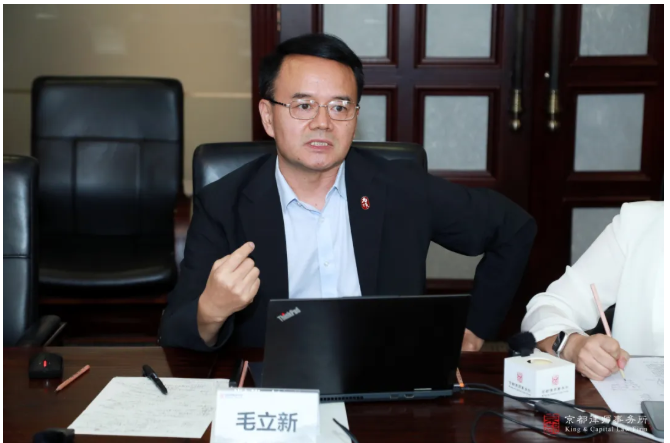
Mao Lixin
Mr. Mao Lixin, Director of Beijing Shangquan Law Firm, presented his insights on the order and steps of evidence review under the title of “Progressive Approach to Evidence Review”. In his opinion, the current flat and parallel review method of “three properties” should be changed to a progressive review method. He proposed that, on a macro level, the first review of individual evidence, then review the evidence group, and finally review the evidence of the whole case; on a micro level, the review of individual evidence, the first use of various evidence exclusion rules to review its admissibility (evidential capacity), and then combined with all the elements of the evidence itself, the process of generating and intrinsic attributes of the review of its reliability and probative value; the review of the evidence group, the first review of the structure of the evidence of the argument between the evidence (chain, combination, Convergent, divergent), and then based on logic and experience to assess the group of evidence to be evidence of matters of inference, the power of proof; the whole case of evidence review, the first review of the completeness of the system of evidence, and then review the evidence between the evidence, the evidence and the fact of coordination between the consistency of the evidence and the final review of the whole case of the evidence of the facts of the case to meet the standard of proof beyond a reasonable doubt. He also introduced the basic methods of evidence analysis, including argumentation, illustration, narrative, etc., and believed that each of these methods has its own strengths and weaknesses, and can be comprehensively applied in practice.
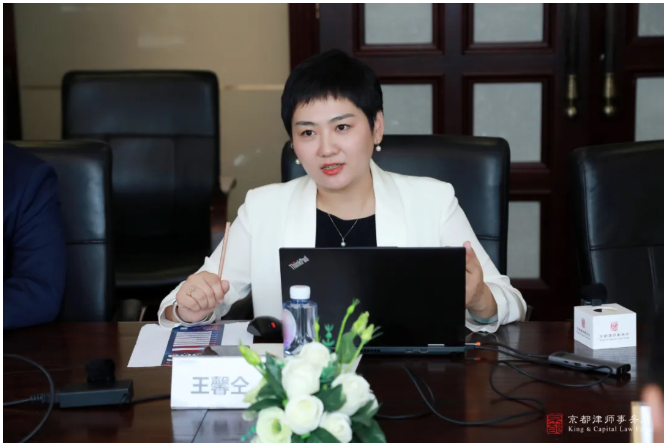
Wang Xinlong
Taking the case of Rafic Hariri, the former Prime Minister of Lebanon, who was killed in an explosion near the St. George Hotel in Beirut, which was tried by the Special Tribunal for Lebanon, as a starting point, Mr. Wang analyzed the case of the Appeals Chamber, which overturned a part of the case on the grounds that the Trial Chamber “analyzed the circumstantial evidence in isolation and underestimated its cumulative effect”. This leads to an analysis of the grounds on which the Appeals Chamber overturned the partial acquittal on the grounds that the Trial Chamber had “analyzed the circumstantial evidence in isolation and underestimated its cumulative effect”, and then to a clarification of the legal criteria of the equal value of circumstantial and direct evidence, the need for a holistic assessment of the evidence, and the need to draw the only reasonable inference. Later, we return to the domestic cases, citing Yang Fei's intentional homicide case, which relied on indirect evidence to form the only exclusive conclusion, and Chen Yajun's intentional injury case, which was acquitted because indirect evidence could not form a complete chain, and then combining the five items of indirect evidence to determine a verdict, such as “the evidence is true, there is no contradiction in corroborating each other, a complete system is formed, the conclusion is unique, and reasoning is legal”, with the interpretation of the Supreme Court in 2020. "Combined with the five conditions of circumstantial evidence in the interpretation of the Supreme Court in 2020, the key role of circumstantial evidence in criminal case determination is explained in depth, and it is proposed to strictly review and scientifically apply the circumstantial evidence, so as to provide practical references for the construction of the evidence-centered criminal accusation system.
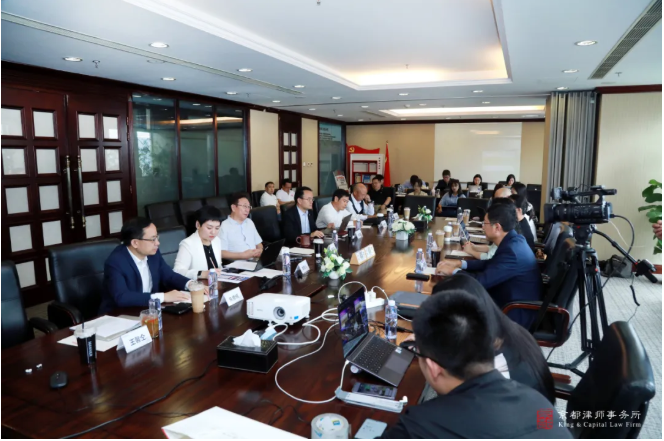
The scene of the event
The ninth session of “Criminal Defense Talk” focused on the principles and methods of evidence defense. The guests discussed the model thinking of evidence defense, the exclusion and exception of hearsay evidence, the transformation from static evidence to dynamic evidence, the practical application of the standard of proof “the evidence is true and sufficient”, the defense strategy of the “story model”, the method of reviewing the evidence in a progressive manner, and the review and application of circumstantial evidence. The seminar was successfully concluded with in-depth exchanges and discussions. The seminar shared practical experience and defense ideas in multiple dimensions, which provided powerful guidelines for the majority of criminal defense lawyers to enhance their evidence defense ability and optimize their defense strategies.



